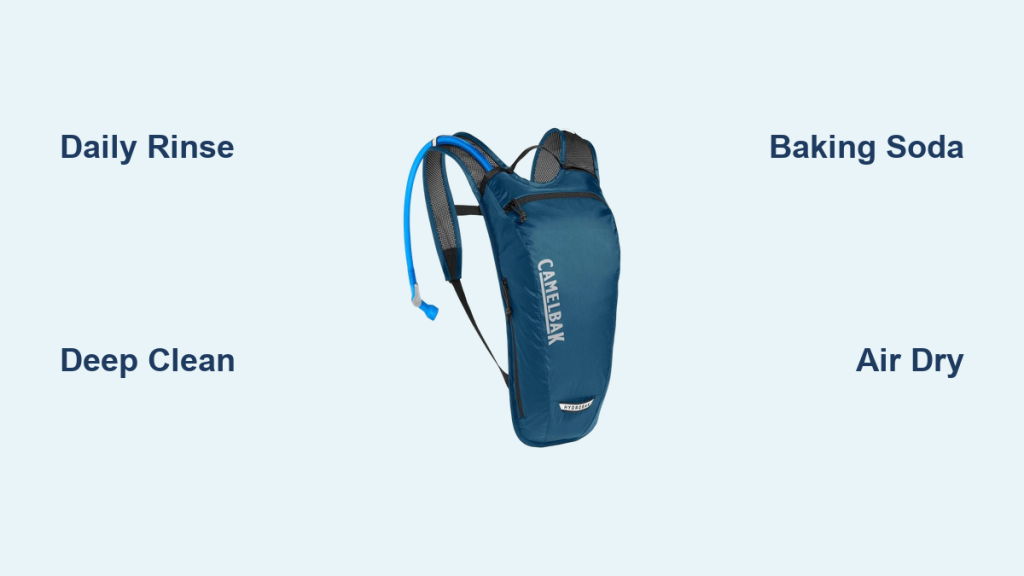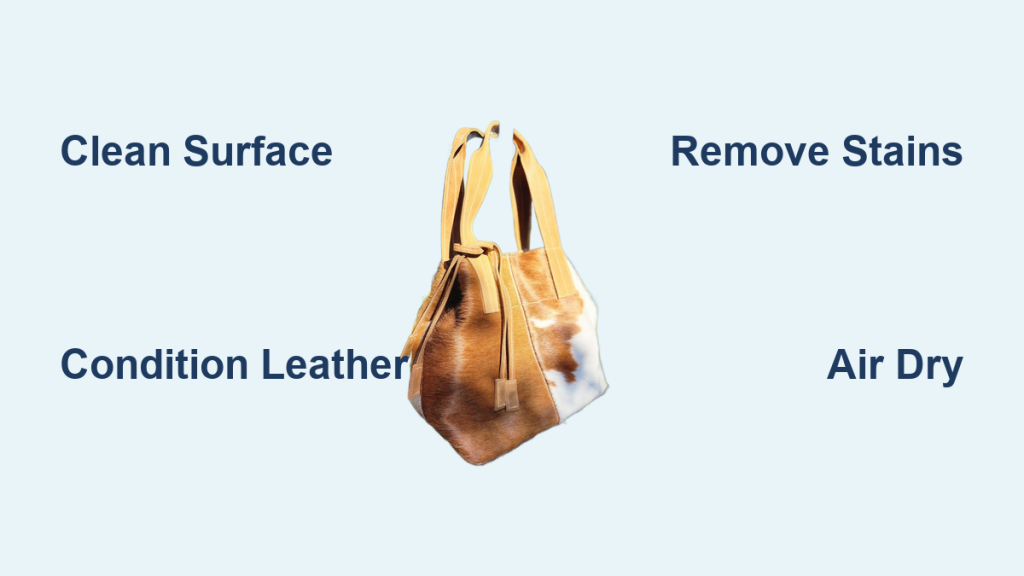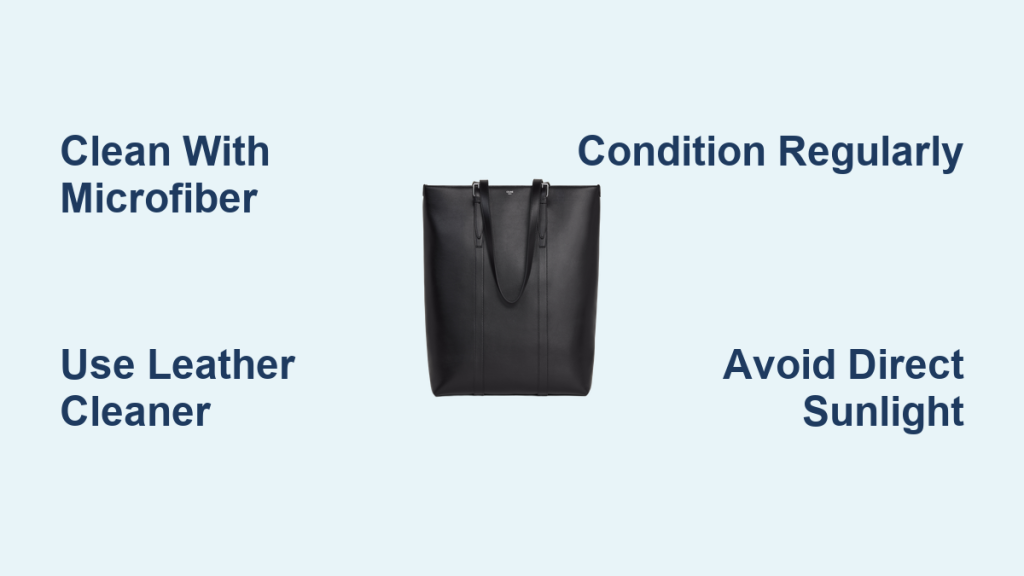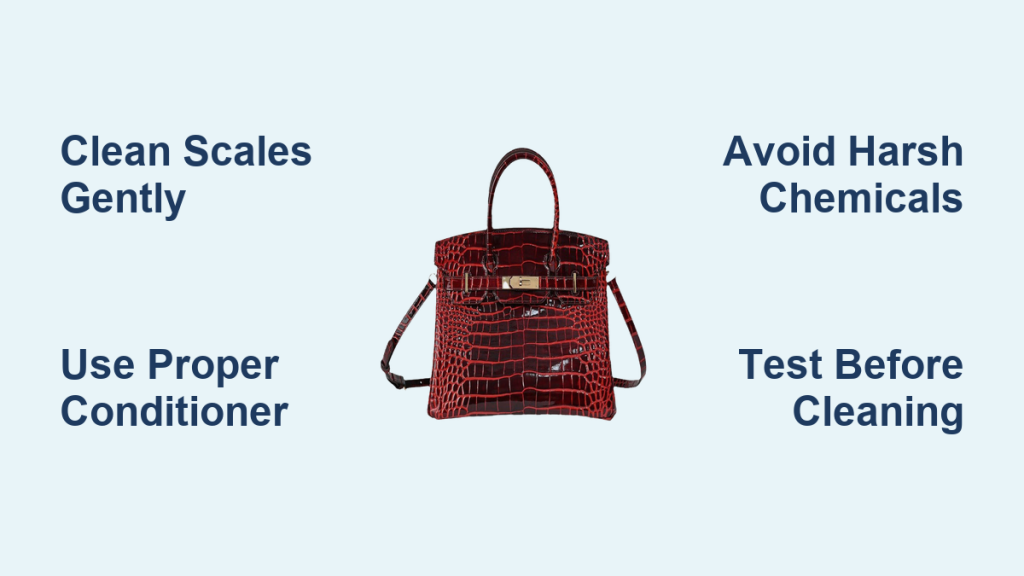Are you noticing a funky taste or smell in your CamelBak reservoir? A dirty hydration pack can ruin a perfectly good hike or workout. Luckily, cleaning your CamelBak is easier than you think, and a quick rinse can often restore it to fresh-tasting condition.
This comprehensive guide will walk you through everything you need to know to thoroughly clean your CamelBak water bag, from daily rinses to deep cleaning methods for stubborn buildup. We’ll cover preventative measures to keep your reservoir fresh and extend its lifespan, so you can stay hydrated on every adventure.
Common Causes of a Dirty CamelBak Water Bag
Several factors contribute to the build-up of grime and bacteria inside your CamelBak:
Bacteria Growth
Moist environments are breeding grounds for bacteria. The dark, damp interior of a hydration pack is a perfect habitat, leading to unpleasant tastes and odors.
Mineral Deposits
Water contains minerals that can accumulate over time, forming a chalky residue. Hard water exacerbates this issue.
Mold and Mildew
If the reservoir isn’t dried completely, mold and mildew can take hold, especially after extended periods of storage.
Residue from Electrolyte Drinks
Sports drinks and electrolyte mixes can leave behind sticky residue that’s difficult to remove with water alone.
How to Clean Your CamelBak Water Bag: Multiple Methods
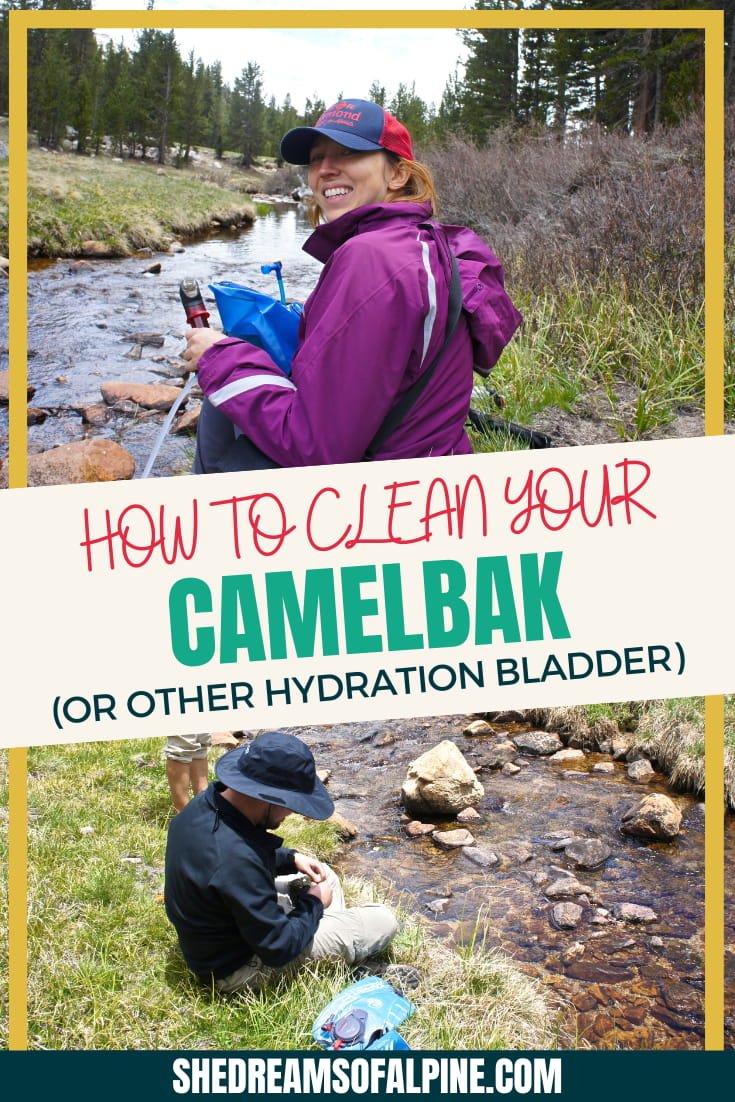
Here are several methods to clean your CamelBak reservoir, ranging from quick daily maintenance to more intensive deep cleaning.
Method 1: Daily Rinse (Quick Maintenance)
This simple step prevents significant buildup.
Diagnosing the Issue
This method is preventative. Use it after every use to minimize grime build-up.
Fix Steps
- Empty any remaining water.
- Rinse the reservoir with clean, warm water.
- Shake vigorously to dislodge any loose particles.
- Hang the reservoir upside down to air dry completely.
Testing
Ensure no lingering odor remains. A clean reservoir should smell neutral.
Method 2: Soap and Water Deep Clean
For more thorough cleaning, use mild dish soap.
Diagnosing the Issue
Use this method when you notice a slight taste or odor, or after prolonged use.
Fix Steps
- Disassembly: Remove the bite valve, hose, and cap.
- Washing: Fill the reservoir with warm water and a few drops of mild dish soap.
- Agitation: Gently swish the soapy water around, ensuring it reaches all surfaces. Avoid abrasive scrubbing.
- Rinsing: Rinse thoroughly with clean, warm water until all soap residue is gone. Repeat rinsing if necessary.
- Component Cleaning: Wash the bite valve, hose, and cap with soapy water and rinse well. Use a small brush to clean inside the hose.
- Drying: Hang all components upside down to air dry completely.
Testing
Taste the water from the reservoir. It should be completely neutral.
Method 3: Baking Soda and Water Solution (For Stubborn Stains)

Baking soda is a natural deodorizer and cleaner.
Diagnosing the Issue
Use this method for lingering odors or stubborn stains that soap and water can’t remove.
Fix Steps
- Preparation: Mix 1-2 tablespoons of baking soda with 1 liter of warm water.
- Soaking: Fill the reservoir with the baking soda solution.
- Soaking Time: Let it soak for at least 30 minutes, or even overnight for severe buildup.
- Agitation: Gently swish the solution around.
- Rinsing: Rinse thoroughly with clean, warm water until all baking soda residue is gone.
- Component Cleaning: Clean the bite valve, hose, and cap as in Method 2.
- Drying: Hang all components upside down to air dry completely.
Testing
Smell and taste to ensure all baking soda is removed and the odor is gone.
Method 4: CamelBak Cleaning Tablets/Solutions
CamelBak and other brands offer specialized cleaning tablets.
Diagnosing the Issue
Use this for a convenient and effective deep clean, especially if you have hard water.
Fix Steps
- Follow Instructions: Add the cleaning tablet to the reservoir with the recommended amount of water.
- Soaking: Let the solution sit for the time specified on the packaging.
- Rinsing: Rinse thoroughly with clean, warm water.
- Component Cleaning: Clean the bite valve, hose, and cap as in Method 2.
- Drying: Hang all components upside down to air dry completely.
Testing
Follow the instructions on the tablet packaging.
Prevention Tips and Maintenance Advice

- Rinse After Every Use: The most important step!
- Air Dry Completely: Prevent mold and mildew by ensuring everything is utterly dry.
- Store Empty and Open: Don’t store your CamelBak packed away when wet.
- Avoid Sugary Drinks: Minimize residue buildup by primarily using water.
- Regular Deep Cleans: Perform a deep clean (Method 2, 3, or 4) every 1-2 weeks with regular use, or after using electrolyte drinks.
- Freezing (Caution): Some users recommend freezing a partially filled reservoir to help dislodge buildup. However, this can potentially damage the reservoir if the water expands too much. Use with caution.
Pro Tips for CamelBak Care
- Dishwasher Safe (Check Model): Some CamelBak reservoirs and components are dishwasher safe. Always check the manufacturer’s instructions first.
- Use a Reservoir Drying Rack: These racks allow for optimal airflow and faster drying.
- Vinegar Solution: A solution of white vinegar and water (1:4 ratio) can help dissolve mineral deposits.
- Inspect for Damage: Regularly check for cracks or leaks in the reservoir or hose.
- Replace Components: Replace the bite valve and hose periodically (every 6-12 months) for optimal hygiene.
- Avoid Abrasive Cleaners: These can damage the reservoir material.
- Cleaning Brushes: Use a long, flexible cleaning brush specifically designed for hydration reservoirs to reach all areas.
Professional Help Section
While most cleaning can be done at home, consider professional help if:
- Persistent Odor: Despite repeated cleaning attempts, a foul odor persists.
- Visible Mold: Extensive mold growth is present.
- Reservoir Damage: The reservoir is cracked or leaking and cannot be repaired.
CamelBak offers replacement parts on their website.
FAQ Section
Q: How often should I clean my CamelBak?
A: Rinse after every use. Perform a deep clean every 1-2 weeks with regular use, or more often if you use electrolyte drinks.
Q: Can I put my CamelBak in the dishwasher?
A: Some models are dishwasher-safe. Always check the manufacturer’s instructions.
Q: What’s the best way to dry my CamelBak?
A: Hang it upside down in a well-ventilated area.
Q: What do I do if my CamelBak still smells after cleaning?
A: Try the baking soda method or a CamelBak cleaning tablet.
Q: Can I use bleach to clean my CamelBak?
A: Bleach is not recommended as it can damage the material and leave harmful residue.
Alternative Solutions Section
If you don’t have baking soda or CamelBak cleaning tablets, consider using a denture cleaning tablet as an alternative. Follow the same soaking and rinsing instructions.
| Solution | Pros | Cons | Best For |
|---|---|---|---|
| Dish Soap | Readily available, gentle | May not remove stubborn buildup | Daily/Weekly Cleaning |
| Baking Soda | Natural, deodorizing | Requires soaking time | Lingering Odors |
| Cleaning Tablets | Convenient, effective | Can be more expensive | Deep Cleaning |
| Denture Tablets | Accessible, effective | May leave residue | Emergency Cleaning |
Keep Your CamelBak Running Smoothly
By following these cleaning methods and preventative tips, you can keep your CamelBak water bag fresh, clean, and ready for your next adventure. A clean hydration pack ensures a pleasant drinking experience and helps you stay properly hydrated.
Have you tried any of these cleaning methods? Share your experiences and tips in the comments below!

